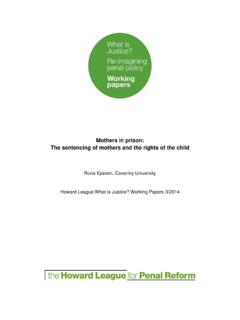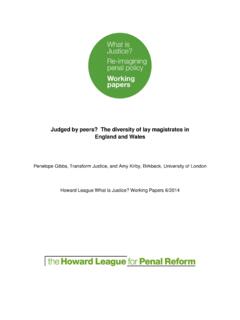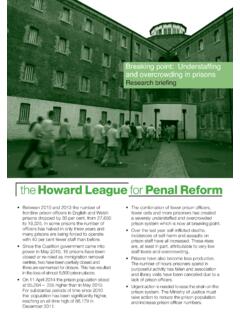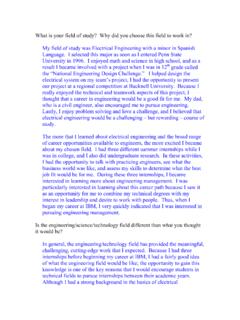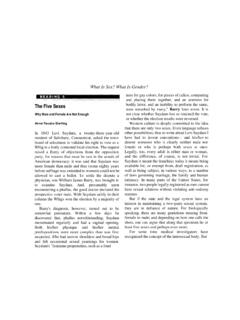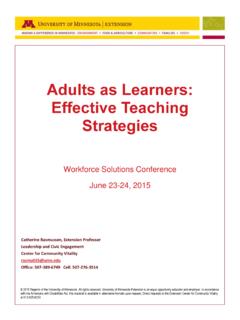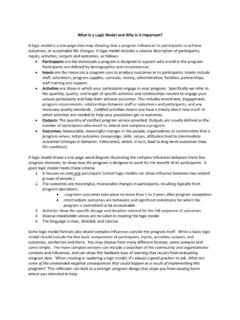Transcription of What is photovoice methodology and why is it important ...
1 What is photovoice methodology and why is it important ? FactsheetPhotovoice is an established method developed initially by health promotion researchers (Wang and Burris, 1997). By utilising photographs taken and selected by participants, respondents can reflect upon and explore the reasons, emotions and experiences that have guided their chosen does it work in practice? How did it work in Supervisible?Participants attend a briefing session where the project is explained. This session is led by the re-searcher and usually with the help of an artist. They are then provided with a disposable camera and information on how to use it. Disposable cameras are used as it helps participants focus on the images rather than the ability to take many images which is possible using digital cameras or smart-phones (although there is nothing to stop researchers using these instead).
2 Participants then take pictures that express their perspective on, views about and feelings around a topic, for example community supervision as is the case in Supervisible. The pictures are printed and participants select a couple of images to use as a stimulus in a group discussion. Discussion focuses on why the photographs were chosen, what makes them meaningful and what participants think about each other s pictures. The discussion is recorded and are co-researchers because they take the photographs and interpret their meaning for the researchers. This differs fundamentally from traditional research where the power often lies solely with the of the approach It recognises the need for more imaginative approaches. It utilises the strengths of service users through innovative participatory photography.
3 Participants feel empowered and enriched by being involved in a creative research project. To avoid fears such as I can t draw , or I m not creative participants are supplied with the means of taking photos. Participants learn new skills which enable them to tell their stories and communicate these to each other and the wider public. Photographs capture the lived experience of participants and give insight and deeper under standing about their world. Visual images can be a powerful communication tool, challenging stereotypes and providing a platform for more intense and emotionally engaging reflection. Service users gain some distance from their ordinarily routines and share taken-for-granted practical knowledge; for example how they negotiate public space or respond to a probation appointment.
4 Visual images are a powerful way of enabling social relations between the researcher and the individuals/group being researched. Participants choose the most important images with optional caption. Codes and themes emerge from the transcribed discussions/ images using grounded theory method. Participants feel free to identify for themselves the captions and the meanings they attached to those This approach is sometimes viewed with suspicion as taking photographs can be seen as invasive. Ethical approval necessarily stressed the boundaries, which included no photographs of people or identifiable places. Recruitment of participants was an issue and careful explanation and a supportive environ ment were required, as the method is powerful and participants can sometimes feel exposed if not in a nurturing situation.
5 Due to the time-lag between taking the photographs and the focus groups sometimes the co- researchers were not available or able to attend the focus group discussion, sometimes be cause of the chaotic nature of their lives. This could be overcome by doing all the workin a one day workshop format but this would be a very intensive and tiring experience for all The co-researchers gain valuable skills of reflection and can potentially become the teacher/ educator for others about their experiences. Skills are developed enabling participants to communicate their feelings and experiences. Increase confidence in participants ability to select images and therefore engage in self- advocacy. Promote self-expression and the use of language during the reflective process.
6 Communicate and promote participants voices and needs to politicians, policy makers and the public in general. 2016

